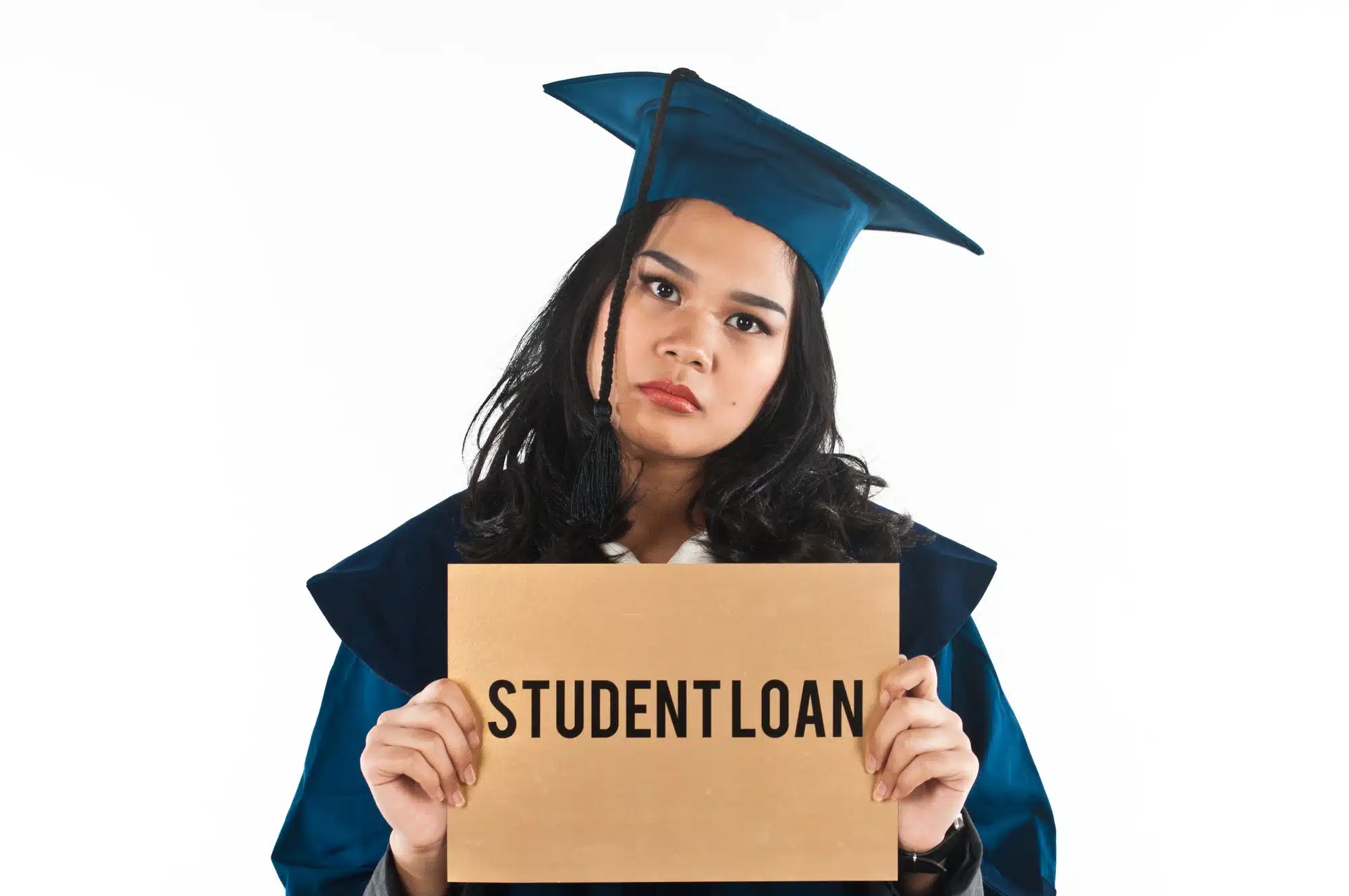
There is $1.56 trillion worth of student loan debt in the United States, according to Forbes, with the average student carrying $32,731, and an average monthly payment of nearly $400. Even more staggering, CNBC reports that most college graduates expect to earn $60,000 per year in their first job, but in reality, most will make less than $50,000. It’s not surprising then that a growing number of graduates are seeking student loan relief.
Unfortunately, student loan relief can be hard to come by. The issue isn’t helped by the fact that there is a common misconception that student loans can’t be discharged through a bankruptcy declaration. However, as stated by the Office of Federal Student Aid (FSA), bankruptcy is an effective way to seek student loan relief if you can prove that repaying that debt would “impose undue hardship on you and your dependents.”
What is Student Loan Relief?
Student loan relief is a way to have your debt forgiven, canceled, or discharged. This means you would no longer be required to pay part or all of your original debt amount. There are many different ways to have student loan debt removed, including public service loan forgiveness (PSLF), teacher loan forgiveness, closed school discharge, disability discharge, and, of course, discharge in bankruptcy, according to the FSA.
How Can Bankruptcy Be Used as Student Loan Relief?
While seeking student loan relief through bankruptcy is difficult, it’s not impossible. According to FSA, those who declare Chapter 7 or Chapter 13 bankruptcy have a chance to show that student loan repayment would impose undue hardships. This is decided in an adversary proceeding as a part of a bankruptcy filing. A court decides undue hardship by determining whether or not repayment would impede your ability to “maintain a minimal standard of living,” continue for a significant period of time, and whether or not the filer has made a “good faith” effort to repay the loan before the bankruptcy filing.
 Student Loan Bankruptcy Stories
Student Loan Bankruptcy Stories
The extent to which you may be able to receive student loan relief depends on your specific circumstances at the time of filing. If it is found that your loan repayments pose an undue hardship, there are three possible options: you may have your loan fully discharged, partially discharged, or you may be required to repay your loan but at a lower interest rate. The website ResetButton.com offered some examples of how filing for bankruptcy may be used for student loan relief.
By the time Mark received his Ph.D. in 1996, he’d accumulated $260,000 in federal student loan debt. In 2018, Mark and his wife, by then retired, had an income of $30,000 a year, mostly from Social Security. With rent, food, transportation, utilities, and medical expenses, Mark didn’t have enough money coming in to make his student loan payments. He filed Chapter 7 bankruptcy in January 2018.
Two months after filing bankruptcy, Mark and his attorney filed an adversary proceeding to ask the bankruptcy judge to determine whether or not Mark’s loan repayments constituted an undue hardship. Before the court could make a decision, the Department of Education acknowledged that the loan posed an undue hardship and discharged it in full.
Partial Student Loan Discharge Due to Job Loss
Like so many others, Felicia was living a comfortable life until she lost her job in 2007. Up to that point, she had been making $26,000 a year as a hospice worker plus a few hundred dollars a month from Social Security. After she was let go, however, Felicia had a hard time finding employment. Between her usual expenses, including a car loan and a mortgage, she was soon unable to make the payments on her $38,000 in student loans. She filed Chapter 7 bankruptcy in August 2007.
As a part of her bankruptcy proceeding, Felicia filed an adversary proceeding to seek student loan relief. Felicia’s lawyer successfully argued that due to the fact Felicia likely would continue having difficulty finding employment because of her age, her loan repayments posed an undue hardship. In 2008, a judge discharged all but $3,000 of Felicia’s student loans. She was also able to pay off the remaining balance without accruing interest.
Partial Student Loan Bankruptcy Discharge for a Mid-Life Graduate
In 2002, Edgar had been working for the U.S. Forest Service for more than a decade. But a fraudulent check scam his wife had been carrying out behind his back resulted in Edgar getting charged with several felonies. He was ultimately acquitted, but having a record showing four dismissals and an acquittal resulted in Edgar being unable to return to his job. He decided to go back to college. After graduating, however, Edgar was unable to find a job using his degree and soon started working as a trucker making $36,000 a year. His mounting debts, which included $90,000 in student loans, led him to file Chapter 7 bankruptcy in 2013.
Edgar’s attorney’s attempts to have the student loans discharged were unsuccessful. Years later, in 2017, when Edgar’s student loan debt had risen to $110,000 and he’d become the sole guardian for his two grandchildren, a new attorney filed an adversary proceeding seeking student loan relief for Edgar. After years of effort, nearly 90 percent of Edgar’s student loans were discharged.
Full Student Loan Bankruptcy Discharge on Appeal
In the U.S., there is a common belief that veterans and members of the military are able to attend college for free on the G.I. Bill and ROTC scholarships. However, in 2014, five-year Navy veteran Kevin found himself saddled with more than $100,000 in student loan debt. Kevin had two degrees, one in history, one in law, but soon discovered he wasn’t interested in being a lawyer. He still had to pay back the loans. Kevin was unable to find employment for some time and one of his loans went into default. In 2008, he started a camping equipment company. In 2017, a failed expansion resulted in new debts and Kevin racked up significant medical bills from back surgery which left him unable to work. The following year, Kevin filed Chapter 7 bankruptcy.
At that time, Kevin had little debt beyond his student loans, however, the loans had gotten out of hand and were going unpaid, and accruing significant interest. In an attempt to receive student loan relief, Kevin filed an adversary proceeding. A judge ruled that loan repayment constituted an undue hardship and declared that the total amount of Kevin’s student loans should be discharged. Kevin’s lender has since appealed the decision. This means that Kevin’s debt is still in place and his future is unclear.
How to File Student Loan Bankruptcy
Filing for Chapter 7 or Chapter 13 bankruptcy is the first step toward student loan relief through bankruptcy. After you have filed, ask your attorney about filing an adversary proceeding. Once this document is filed, the court will determine whether or not your loan repayment is an undue hardship. If the court finds in your favor, you may have all or part of your loan discharged.
Join a Free Student Loan Lawsuit Investigation
If you filed for bankruptcy and did not include your student loan debt, you may qualify to join this student loan debt lawsuit investigation.
This article is not legal advice. It is presented
for informational purposes only.
ATTORNEY ADVERTISING
Top Class Actions is a Proud Member of the American Bar Association
LEGAL INFORMATION IS NOT LEGAL ADVICE
Top Class Actions Legal Statement
©2008 – 2026 Top Class Actions® LLC
Various Trademarks held by their respective owners
This website is not intended for viewing or usage by European Union citizens.


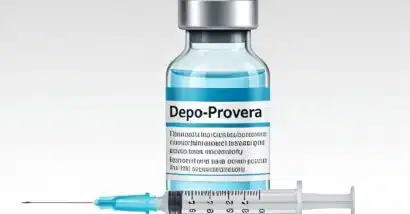


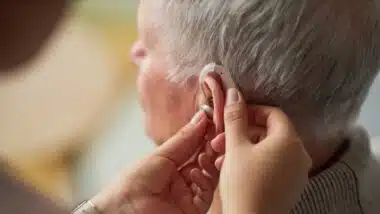




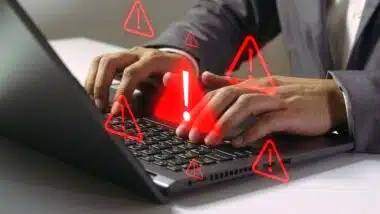


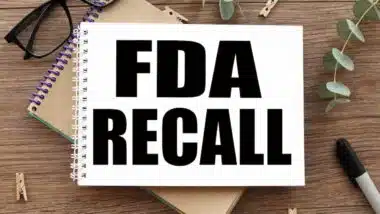

7 thoughts onHow Bankruptcy Has Provided a Solution for Student Loan Relief
I filed Chapter 7 Bankruptcy in 2018 and wanted to include the Student Loans but was told by my Attorney that I could not include them which was the whole purpose of filing. When I signed up to attend Phoenix of Arizona they gave me the impression that I would not have a problem of getting a job after graduation. I have an Associate Degree in Criminal Justice and never able to get a job in that field. I now overwhelmed with this amount of $$$$ and at retirement age i just can’t see making this obligation. Need some help.
Yes. I did and tried.
I am interested in the student loan bankruptcy relief
I filed Chapter 7 January 2017 and wanted my student loans included but was told by the Bankruptcy attorney that I couldn’t add them. Having them added in was one of the main reasons that I was filing bankruptcy in the first place. I was also not pointed in any other direction for assistance. Where do I go now to look into this after all this time?
My husband and I are thinking about how to help my brother since he has been struggling financially, and we are looking for advice. It’s interesting to know that chapter 13 will give you the chance to help you with your student loan. I will let him know about your recommendations to choose the right lawyer to help my brother. https://bankruptcyyuma.us/
I need student loan bankruptcy relief
Im interested in the student loan bankruptcy relief